Due to the large amount of orders being processed, some stock levels may occasionally not reflect actual stock levels due to differences in sale processing times.
Please call to check availability to avoid disappointment.
Please call to check availability to avoid disappointment.
Trains
Not kept in store, ordered weekly as required

Tomix N Meitetsu KIHA 8200 North Alps, 5 cars pack
The Meitetsu Kiha 8200 series is a diesel car that was developed as a vehicle for the JNR Takayama Line and began operation in 1969. Like the Kiha 8000 series that appeared earlier, the car body width was made smaller than the Japanese National Railways vehicle in order to…
- Model
- TMX98446

Tomix N N700 (N700S) Tokaido Sanyo SHINKANSEN Basic, 4 cars pack
N700S is a new Tokaido/Sanyo Shinkansen train developed based on the conventional N700 series. A confirmation test vehicle of the same type was released in March 2018, and various tests were conducted. Mass-produced vehicles of the same type were manufactured based on the confirmation test vehicle, and operations…
- Model
- TMX98424

Tomix N N700 (N700S) Tokaido Sanyo SHINKANSEN extension A, 4 cars pack
N700S is a new Tokaido/Sanyo Shinkansen train developed based on the conventional N700 series. A confirmation test vehicle of the same type was released in March 2018, and various tests were conducted. Mass-produced vehicles of the same type were manufactured based on the confirmation test vehicle, and operations…
- Model
- TMX98425

Tomix N N700 (N700S) Tokaido Sanyo SHINKANSEN extension B, 8 cars pack
N700S is a new Tokaido/Sanyo Shinkansen train developed based on the conventional N700 series. A confirmation test vehicle of the same type was released in March 2018, and various tests were conducted. Mass-produced vehicles of the same type were manufactured based on the confirmation test vehicle, and operations…
- Model
- TMX98426

Tomix N N700-8000 Sanyo Kyushu SHINKANSEN addon, 4 cars pack
The N700 series 8000 series was introduced for direct operation on the Sanyo and Kyushu Shinkansen trains. The body is white and blue like celadon, with navy blue and gold lines, and the ``KYUSHU/WEST JAPAN'' logo is painted on the side of the body. The 8000th generation is…
- Model
- TMX98519

Tomix N N700-8000 Sanyo Kyushu SHINKANSEN Basic, 4 cars pack
The N700 series 8000 series was introduced for direct operation on the Sanyo and Kyushu Shinkansen trains. The body is white and blue like celadon, with navy blue and gold lines, and the ``KYUSHU/WEST JAPAN'' logo is painted on the side of the body. The 8000th generation is…
- Model
- TMX98518
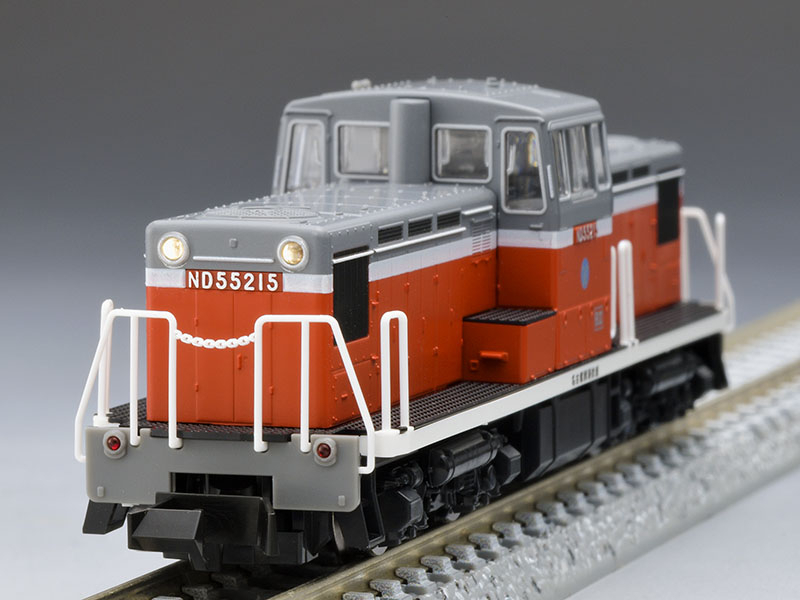
Tomix N Nagoya Rinkai Railway ND552 Diesel Locomotive No.15
The ND552 type is a locomotive that appeared at the time of opening, and there are locomotives ordered by the company and vehicles that were acquired from the former Japanese National Railways DD13 type in later years. Unit 15 was used to replace Unit 3 and others at Nagoya…
- Model
- TMX08613

Tomix N Nagoya Rinkai Railway ND552 Diesel Locomotive No.3
The Nagoya Rinkai Railway is a waterfront railway that opened in 1965 to cope with the increase in freight transportation due to the expansion of the Nagoya Waterfront Industrial Zone. The ND552 type is a locomotive that appeared at the time of opening, and there are two types of…
- Model
- TMX08612

Tomix N Nanbu Jukan Railways KIHA 10 type (KIHA 104)
The Nanbu Jukan Railway is a railway that opened in 1962 between Chihiki and Shichinohe, and was later extended to Noheji using the roadbed of the former Tohoku Main Line created by track switching. The Kiha 104 is a vehicle that was introduced in 1980 by taking over the…
- Model
- TMX08611

Tomix N OHA 47 Aluminum Sash Blue
The Oha 47 series is a car that was made by repurposing the TR47 bogies used on the Suha 43 series into a 10 series sleeper car and replacing them with TR23 bogies. The model was changed to "Oha" because the weight was reduced by changing the bogies. Since…
- Model
- TMX09510
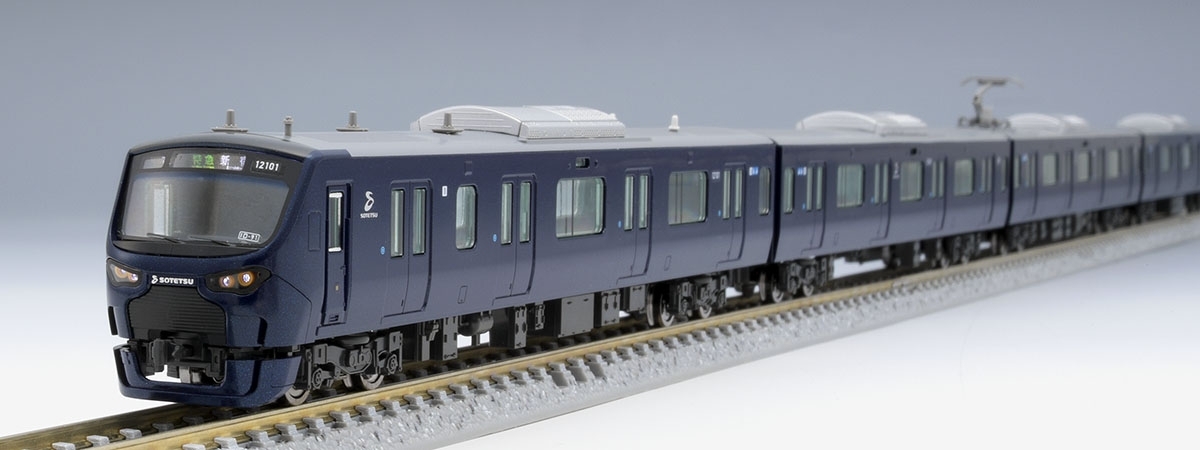
Tomix N Sotetsu 12000 Basic, 4 cars pack
The Sagami Railway 12000 series is a train that was introduced for direct operation to the JR line via the JR direct line that will open in November 2019. The specifications have been standardized with the JR line vehicles that it operates on, and it is also being standardized…
- Model
- TMX98357
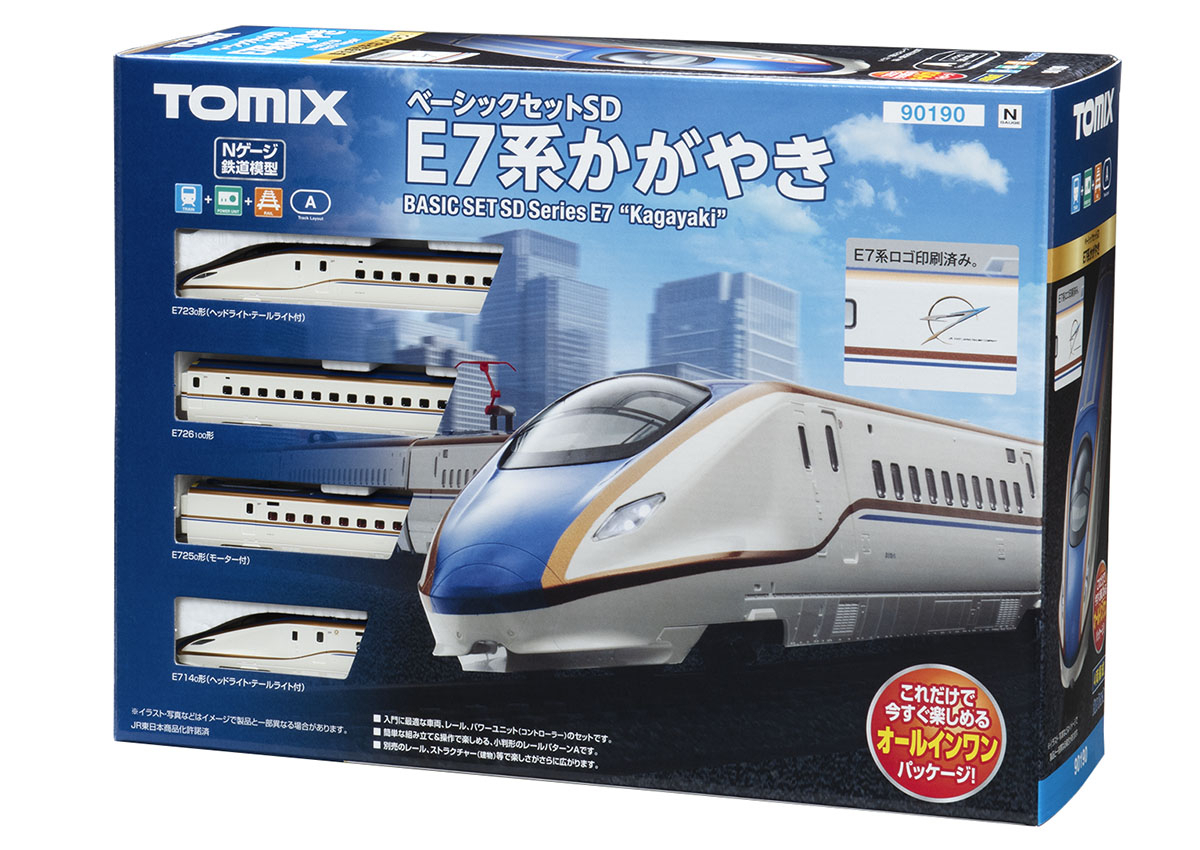
Tomix N Starter Set E7 Kagayaki
This is a complete set that includes the E7 Series Kagayaki, the power unit PU-N600, and rails, making it the perfect set for beginners to start enjoying model railways right away. It comes in a compact package that is easy to store. Vehicles: Set of 4…
- Model
- TMX90190
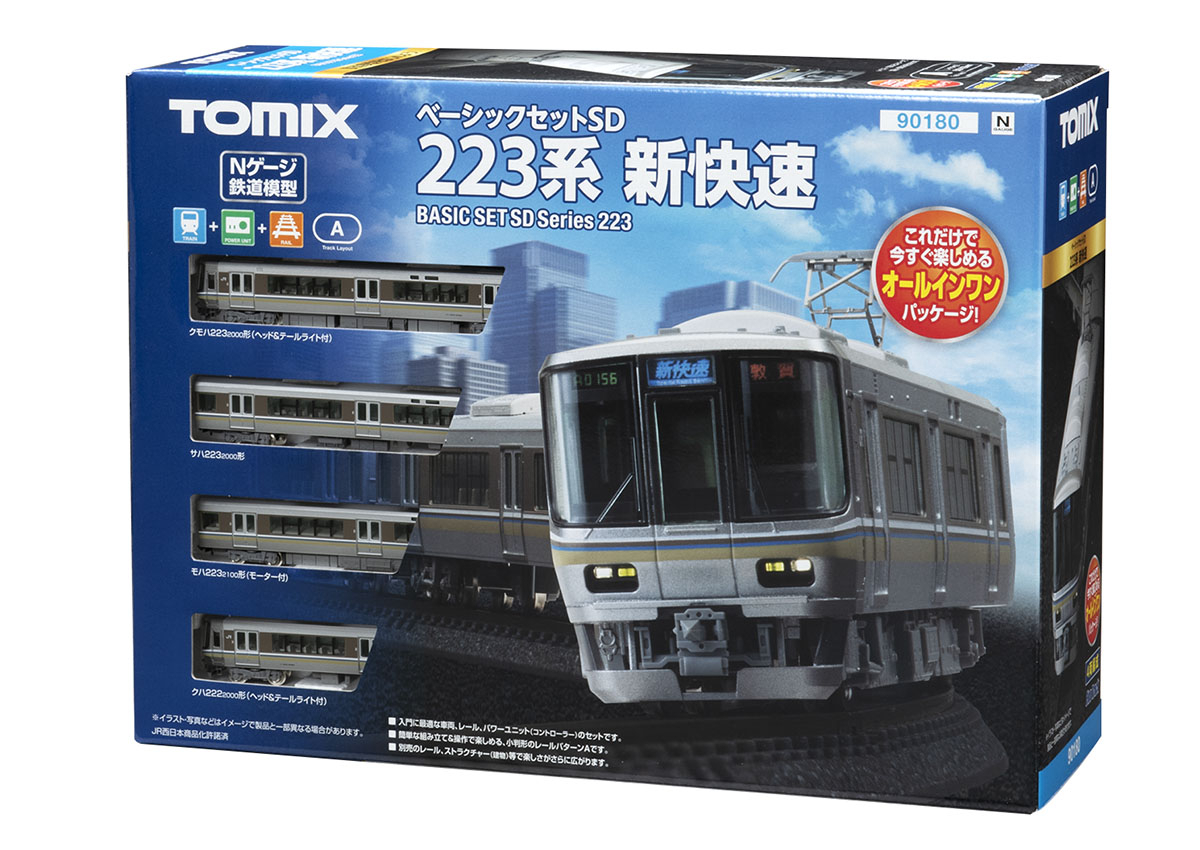
Tomix N Starter Set SD 233 New Rapid Express
Vehicle: Set of 4 cars of the 223 series, which is used as a new rapid train Reproduces the figure without the fall prevention hood on the front Car number and JR mark are already printed Destination display is "C0132 New Rapid Tsuruga" Comes with a flywheel Adopts…
- Model
- TMX90180
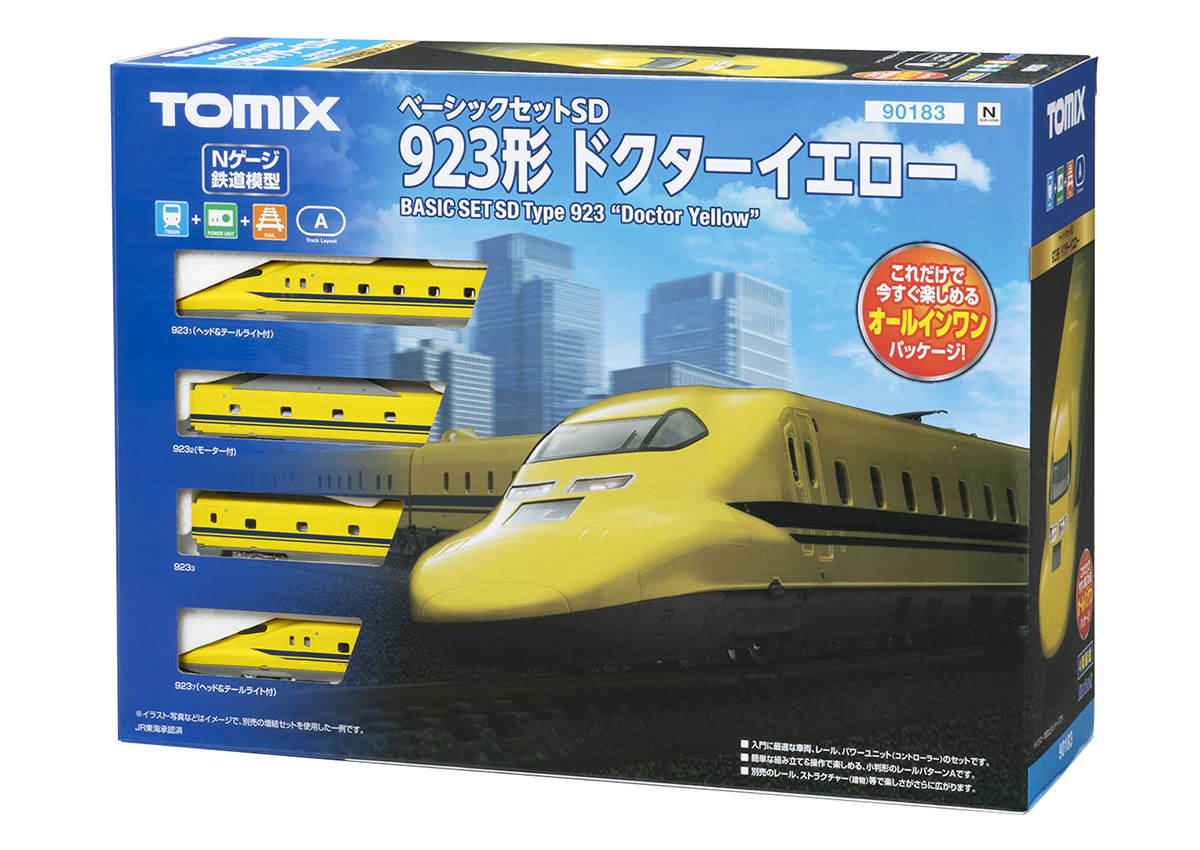
Tomix N Starter Set SD 923 Dr. Yellow
Vehicle: A set containing the electric track general test vehicle 923 series Doctor Yellow operated on the Tokaido/Sanyo Shinkansen The main specifications of the vehicle are based on the "98480" 923 series Doctor Yellow basic set Equipped with a movable hood Equipped with a head and tail lighting…
- Model
- TMX90183
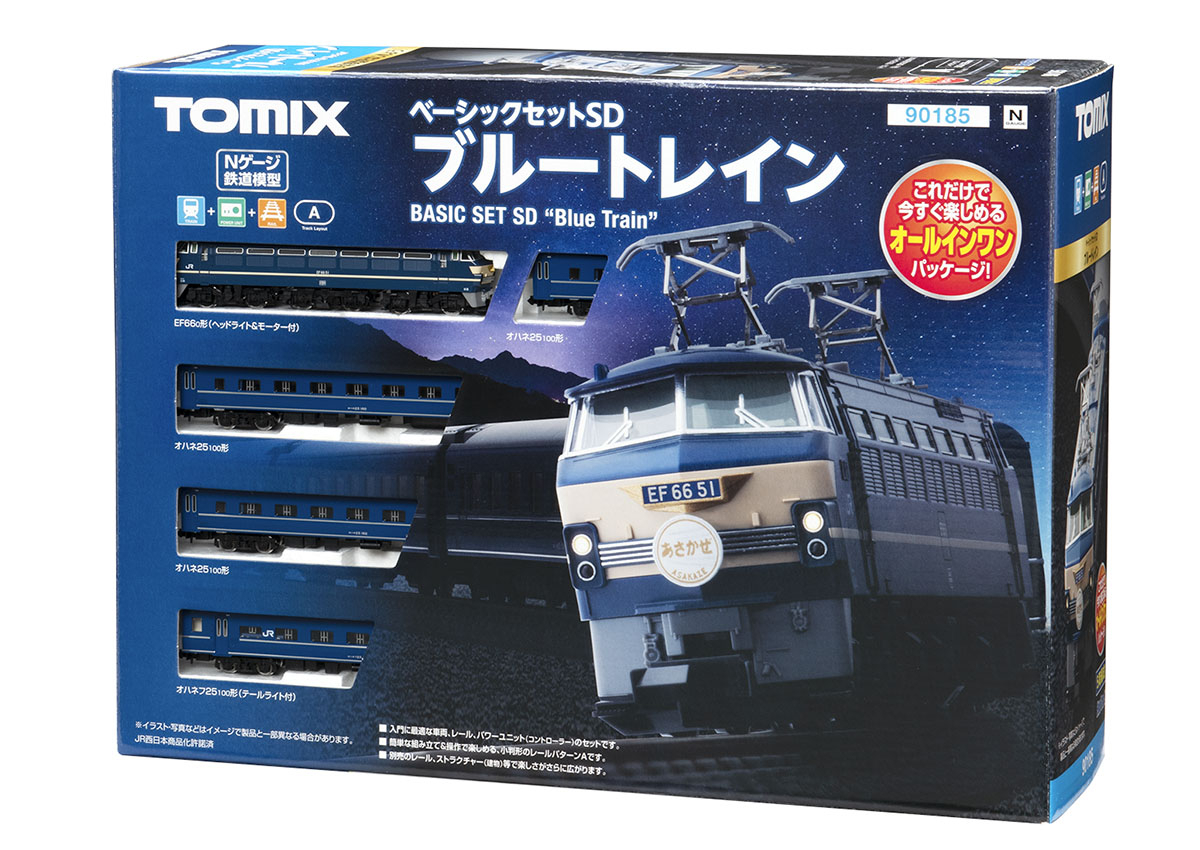
Tomix N Starter Set SD Blue Train
The rail arrangement is the same rail pattern A as the conventional SD set A total of 5 cars, including an EF66 type electric locomotive and 24 series and 25 type passenger cars, are set. The control equipment is a set of PU N-600 . Vehicle: …
- Model
- TMX90185
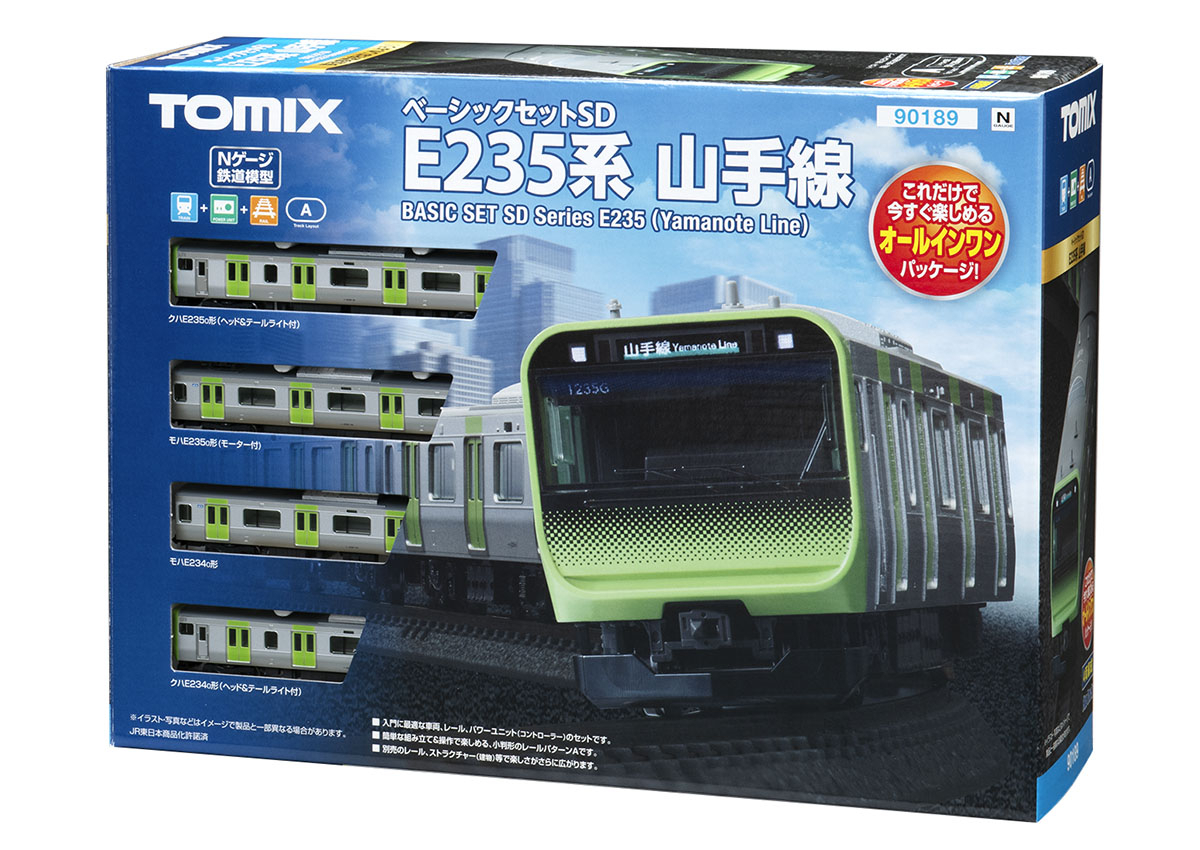
Tomix N Starter Set SD E235 Series Yamanote line
Vehicle: Reproduces the late model of the E235-0 series with a thinner roof bead Vehicle specifications are based on "98525" E235-0 series train (late model/Yamanote Line) basic set This product and A full 11-car formation can be reproduced with "98526" Addition Set A and "98527" Addition Set B.…
- Model
- TMX90189

Tomix N SUHAFU42 Aluminum Sash Blue
The SuHaFu 42 type was a third-class brake car manufactured for express trains and was introduced in 1951. There is a conductor's room at the end of the car, and a rear observation window on the end. Some cars had their passenger windows replaced with aluminum sash frames…
- Model
- TMX09511

Tomix N Tarumi Railways HAIMO 330-703
Tarumi Railway is a third-sector railway company that runs between Ogaki Station and Tarumi Station in Gifu Prefecture. The Tarumi Railway Haimo 330-700 series is a diesel car that was introduced in 2011. The Haimo 330-703 series, which was introduced in 2018, is in Tarumi Railway color, sky blue with…
- Model
- TMX08615

Tomix N Tokyo Rinkai 70-000 Rinkai Line Basic, 6 cars pack
The Tokyo Rinkai High Speed ??Railway Type 70-000 is a train that appeared for the Rinkai Fukutoshin Line (currently Rinkai Line), which opened in 1996. When it first appeared, it was a 4-car train, but when the entire line opened, it was changed to a 10-car train, including the…
- Model
- TMX98763

Tomix N Tokyo Waterfront Rapid Transit Type 70-000 Rinkai Line Additional Set
The Tokyo Waterfront Area Rapid Transit 70-000 series is a train that was introduced for the Waterfront Fukutoshin Line (now the Rinkai Line) that opened in 1996. When it was introduced it was a 4-car train, but when the entire line opened it was expanded to 10 cars, including…
- Model
- TMX98764
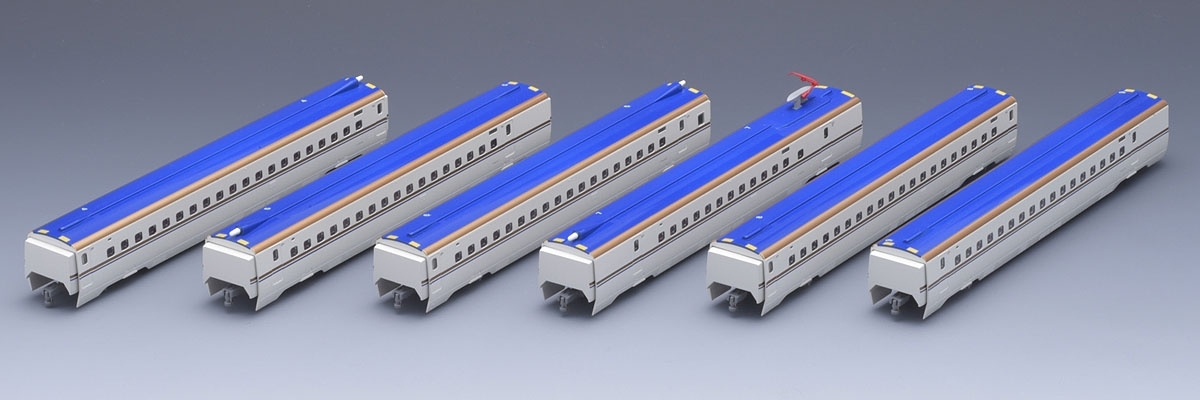
Tomix N W7 Hokuriku Shinkansen Add B, 6 cars pack
The W7 series first appeared in April 2014, ahead of the opening of the Hokuriku Shinkansen in 2015. The maximum operating speed is 260 km/h, and when the Hokuriku Shinkansen opened, it was possible to travel from Tokyo to Kanazawa in about 2 hours and 30 minutes.FeaturesReproduces the W7…
- Model
- TMX92547
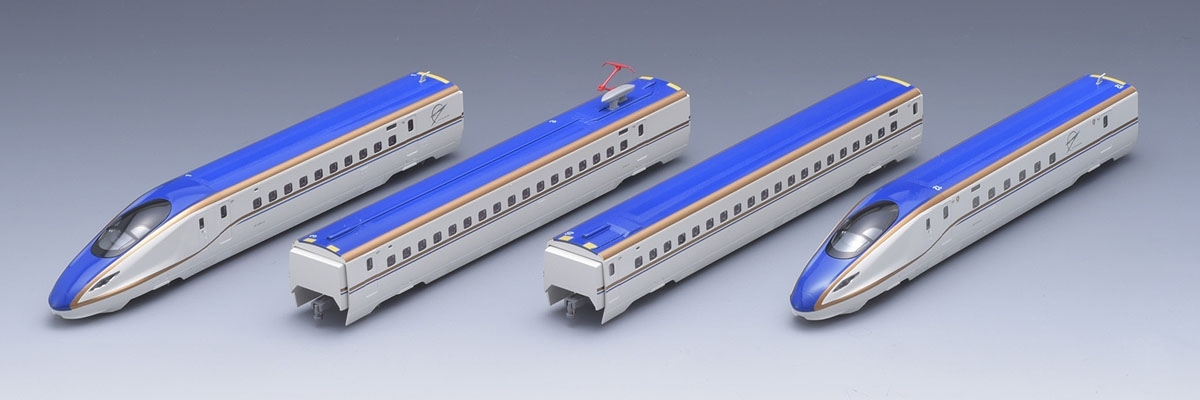
Tomix N W7 Hokuriku SHINKANSEN Basic, 4 cars pack
The W7 series first appeared in April 2014, ahead of the opening of the Hokuriku Shinkansen in 2015. The maximum operating speed is 260 km/h, and when the Hokuriku Shinkansen opened, it was possible to travel from Tokyo to Kanazawa in about 2 hours and 30 minutes.FeaturesReproduces the W7…
- Model
- TMX92545


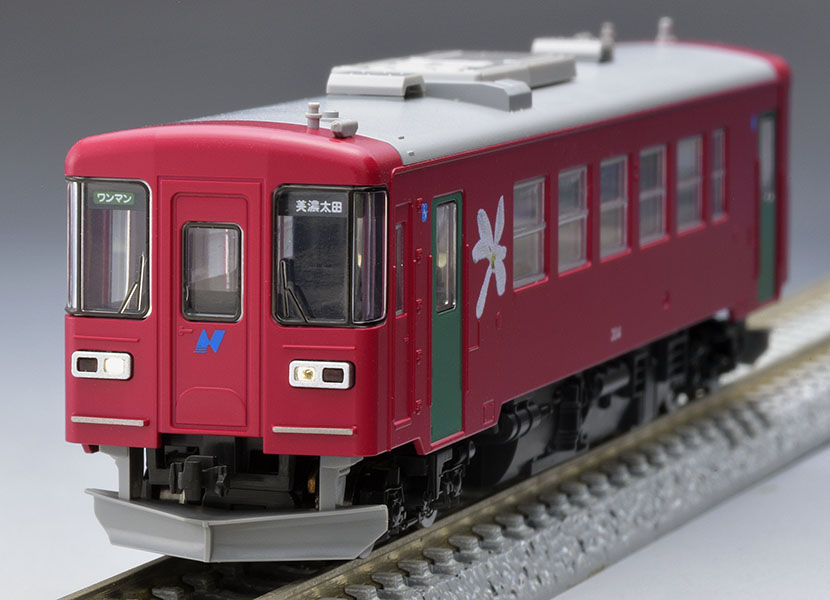
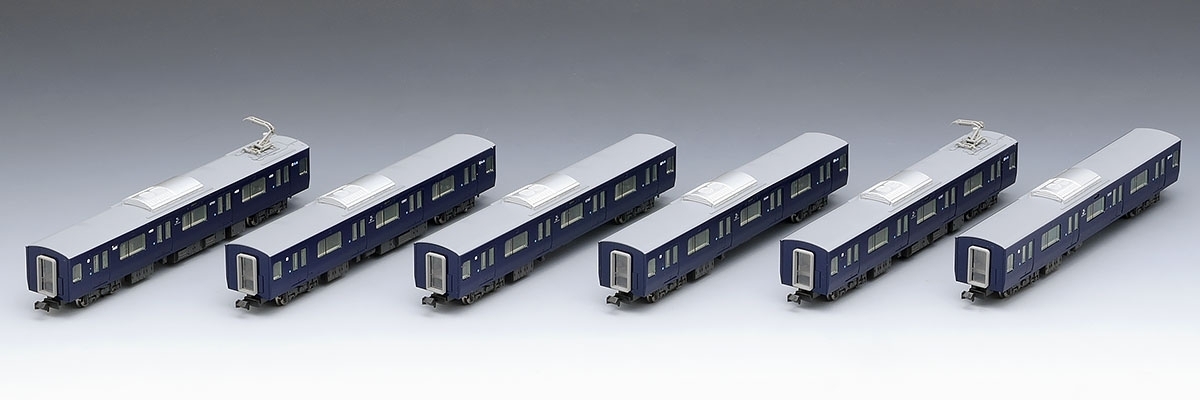
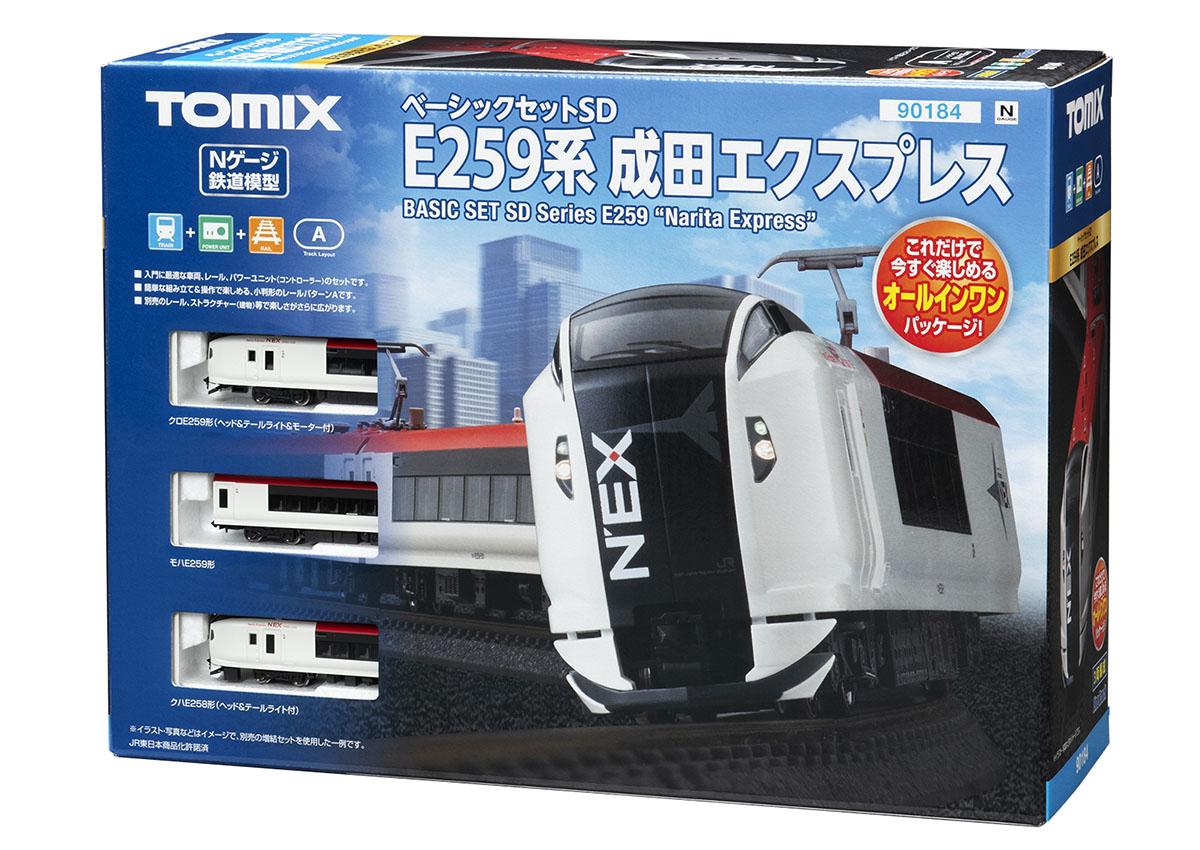
.jpg)